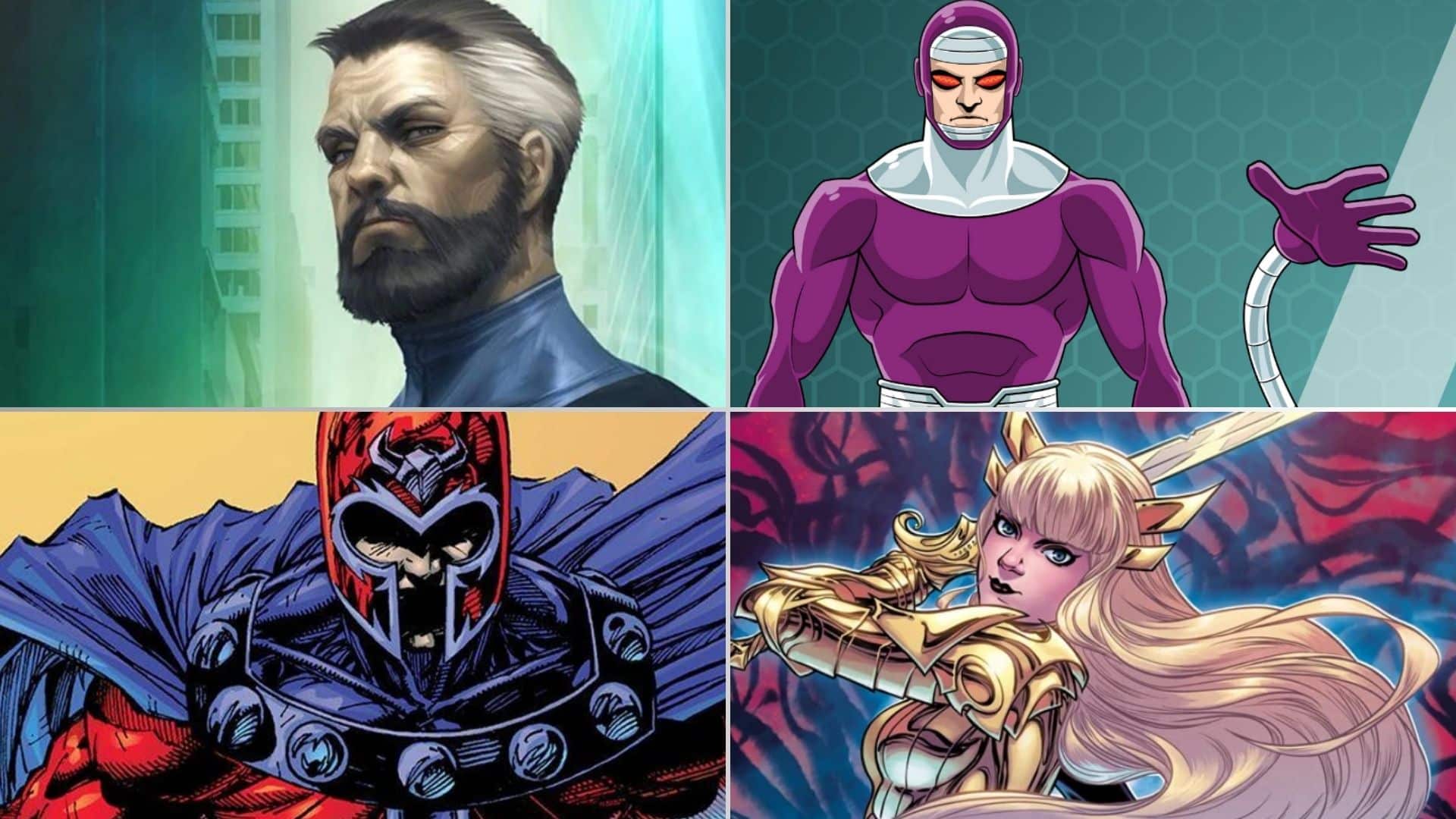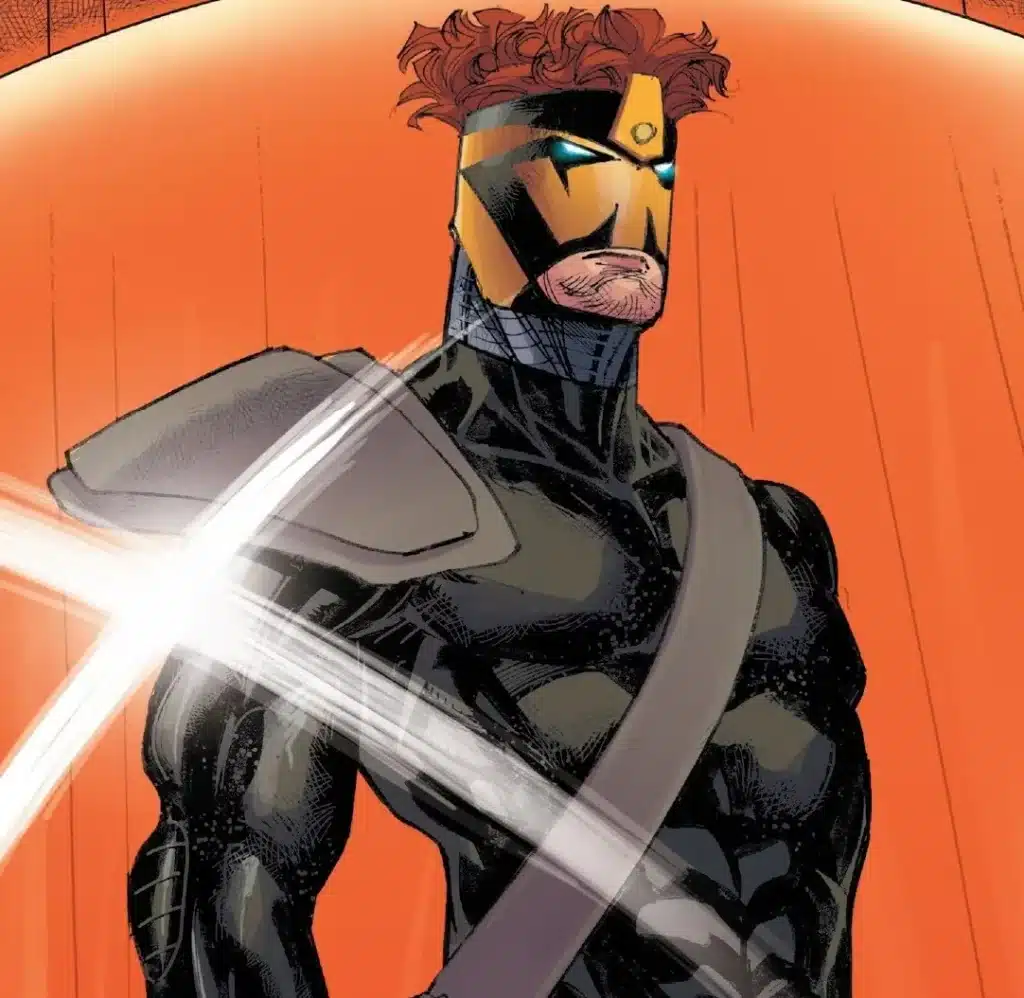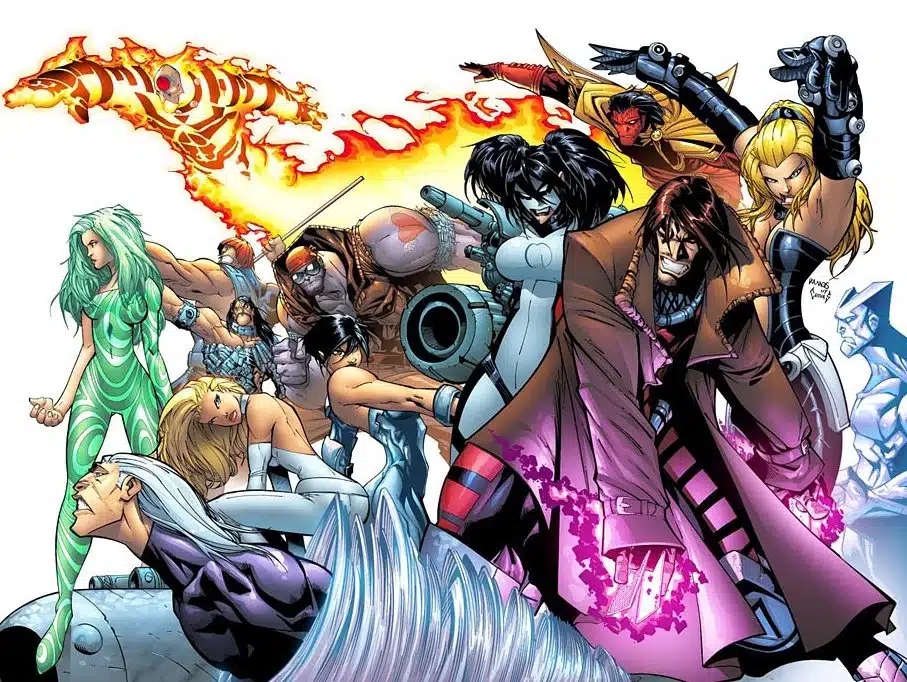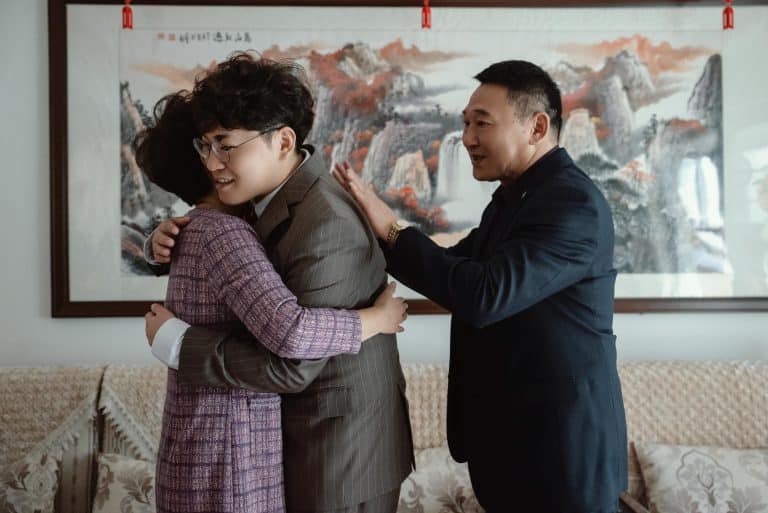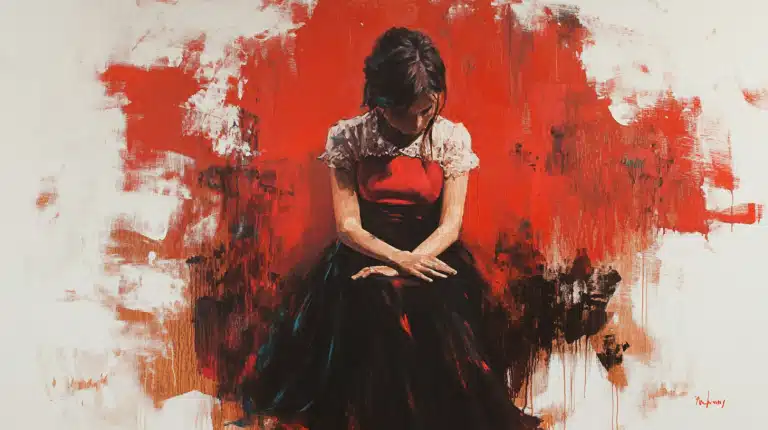30 Best Marvel’s M-Starting Superheroes and Villains
Marvel fans are always excited to discover new heroes and villains in the vast universe. From famous to lesser-known characters, those starting with the letter M have attracted us all.
In this list, we’ll explore the most interesting M-starting Marvel superheroes and villains, detailing their origins, powers, and roles in the Marvel story.
Whether you’re a casual reader or a die-hard fan, this article offers a closer look at key characters from Magneto to Mysterio.
Get ready to deepen your Marvel knowledge.
Heroes and Anti-Heroes Marvel Characters
1. Magik (Illyana Rasputina)
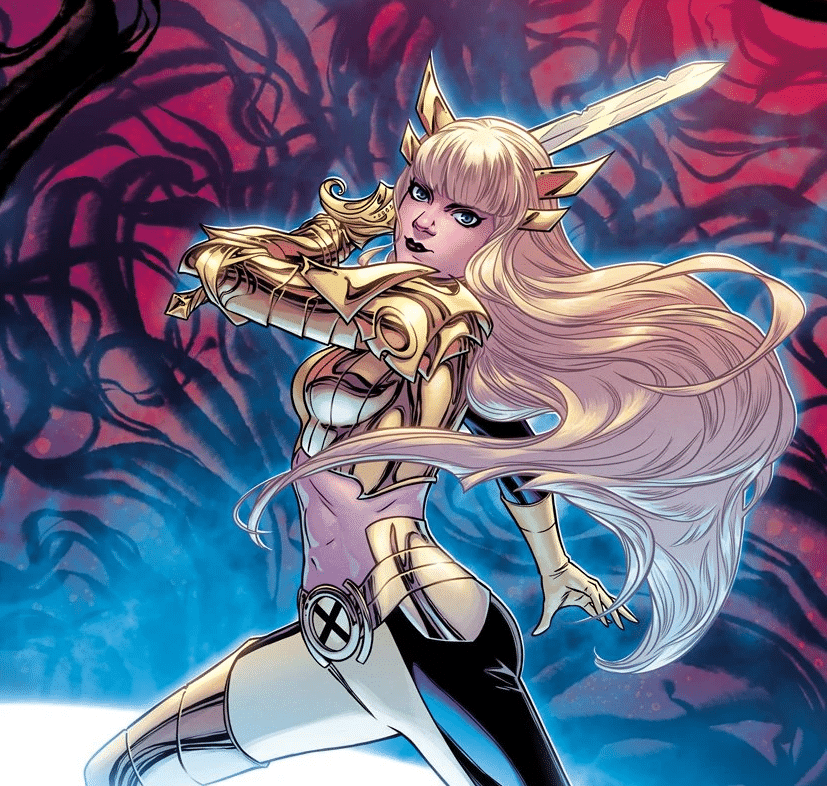
- Origins: Debuted in Giant-Size X-Men #1 (1975).
- Powers: Teleportation, sorcery.
- Key Story Arcs: “Inferno,” “New Mutants.”
Magik’s evolution from a young girl to a powerful sorceress highlights her complex journey and significant role in the X-Men universe.
As a member of the New Mutants, Illyana Rasputina became Magik after being exposed to the demonic realm of Limbo.
She is a powerful sorcerer who can teleport and wields the Soulsword.
Her internal battles with darkness and her quest to control her magic make her a compelling character in the X-Men universe.
Often, she is torn between her desire to be a hero and the temptation of her dark powers.
2. Magma (Amara Juliana Olivians Aquilla)
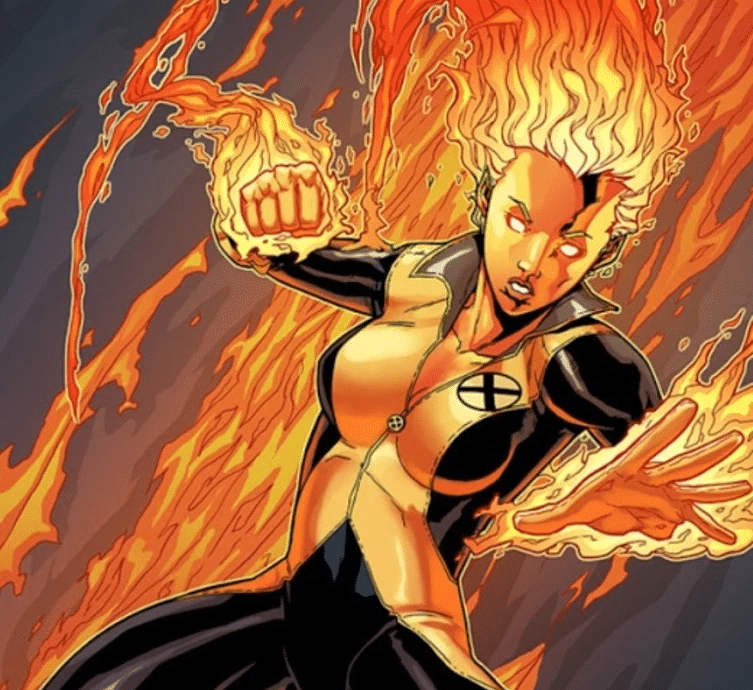
- Origins: First appeared in New Mutants #8 (1983).
- Powers: Geothermal control.
- Key Story Arcs: “New Mutants,” “X-Treme X-Men.”
Magma’s control over lava and earth makes her a formidable mutant, often struggling with her heritage and powers.
As a New Mutant, Amara Juliana Olivians Aquilla, known as Magma, can control geothermal energy, generating and manipulating lava.
Her powers are linked to her Latina heritage, and she struggles to balance her mutant abilities with her cultural identity, making her a complex character in the X-Men universe.
3. Magneto (Max Eisenhardt)
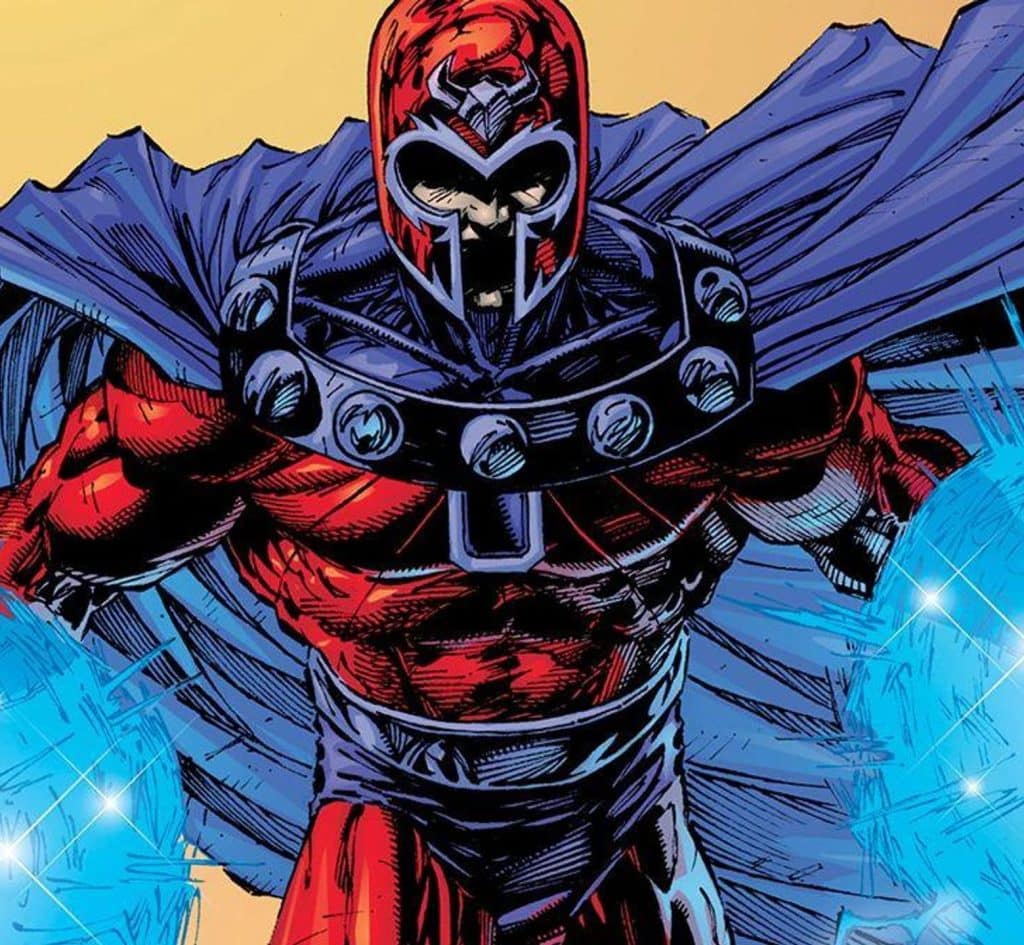
- Origins: Debuted in X-Men #1 (1963).
- Powers: Magnetism control.
- Key Story Arcs: “House of M,” “X-Men: First Class.”
Magneto’s complex character as both a villain and anti-hero, driven by his traumatic past and fierce protection of mutant-kind, makes him one of Marvel’s most compelling figures.
As a former Holocaust survivor, Magneto’s quest to protect mutants from human oppression has led him to take drastic and often criminal actions, pitting him against the X-Men and other heroes.
His ability to control and manipulate magnetic fields makes him a formidable adversary, capable of levitating, generating force fields, and even ripping the adamantium from Wolverine’s skeleton.
Despite his villainy, Magneto’s tragic backstory and genuine belief in mutant superiority have earned him a place as one of Marvel’s most nuanced and morally ambiguous characters.
4. Makkari
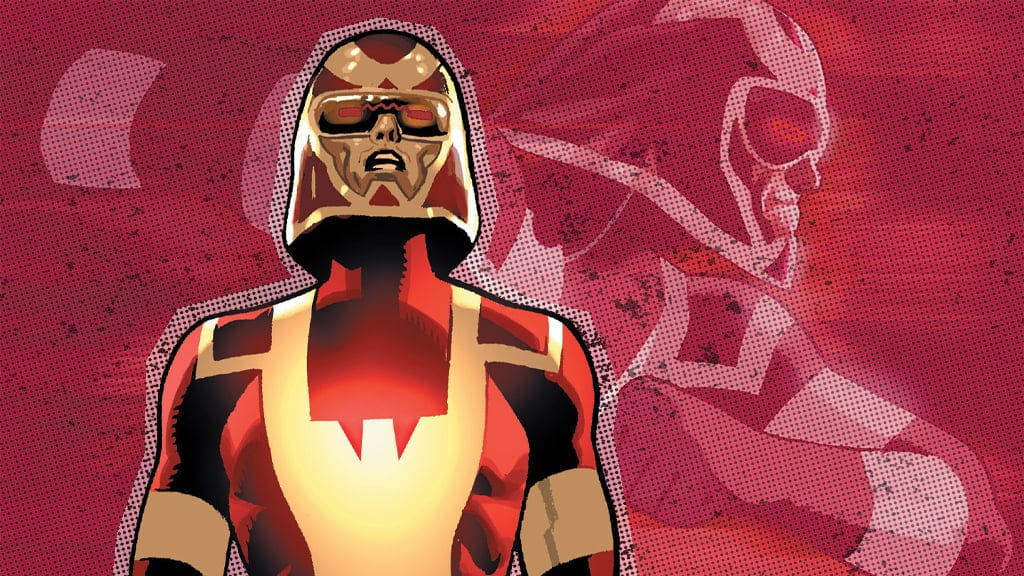
- Origins: Debuted in The Eternals #1 (1976).
- Powers: Superhuman speed.
- Key Story Arcs: “The Eternals,” “Quasar.”
As an Eternal, Makkari’s incredible speed and longevity are crucial in defending Earth from cosmic threats.
One of the most prominent Eternals, Makkari, is known for his superhuman speed, allowing him to move faster than lightning and even outrun other Eternals’ teleportation.
His longevity and protectiveness toward humanity make him a valuable defender in the Eternals’ fight against cosmic threats.
He often serves as a swift and agile protector of Earth.
5. Mantis

- Origins: First appeared in Avengers #112 (1973).
- Powers: Empathy, martial arts.
- Key Story Arcs: “Guardians of the Galaxy,” “Avengers.”
Mantis’s empathetic abilities and martial arts skills make her a unique and vital Guardians of the Galaxy member.
She can sense and manipulate emotions while being a skilled fighter.
This combination of physical prowess and psychic powers makes her invaluable to the Guardians, who use her to offer combat support and emotional insight during their cosmic adventures.
6. Machine Man (X-51)

- Origins: First appeared in 2001: A Space Odyssey #8 (1977).
- Powers: Robotic strength, extendable limbs.
- Key Story Arcs: “Nextwave,” “Machine Man.”
Machine Man’s quest for identity and humanity as a sentient robot offers a thought-provoking look at artificial intelligence.
Created by scientist Aaron Stack, Machine Man, or X-51, is an advanced robot struggling with his existence.
His journey to understand his purpose and be seen as a living being explores the nature of consciousness and the ethical issues of AI.
7. Madrox (Jamie Madrox)
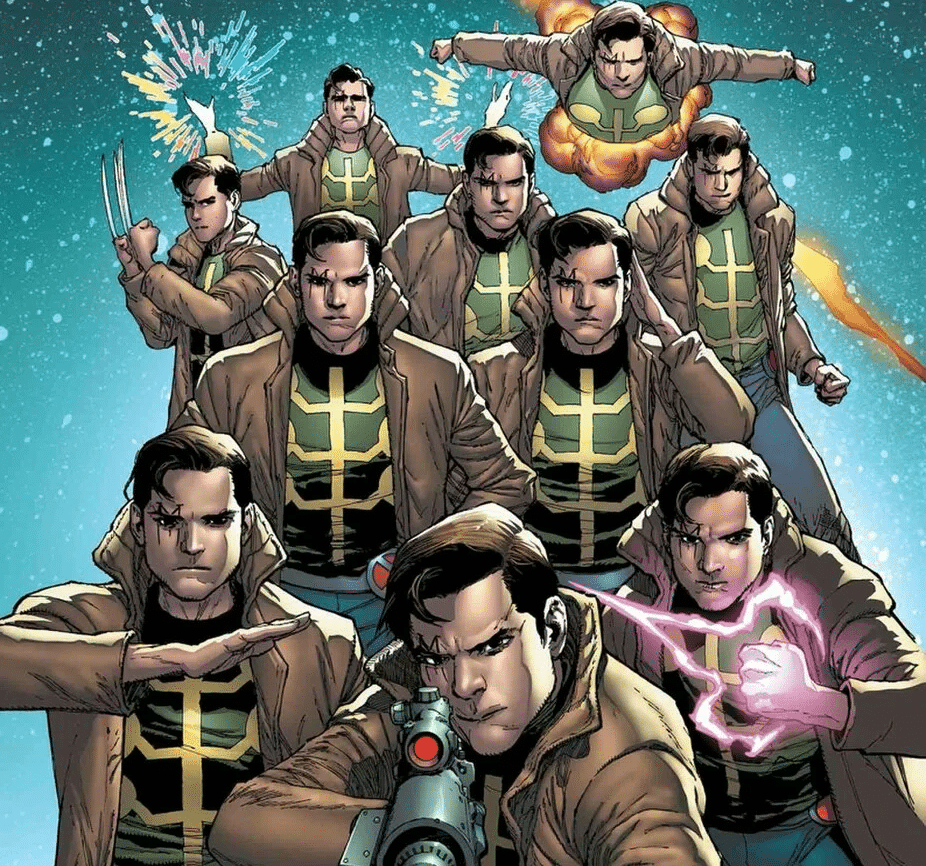
- Origins: First appeared in Giant-Size Fantastic Four #4 (1975).
- Powers: Duplication.
- Key Story Arcs: “X-Factor,” “Madrox.”
Madrox, also known as Multiple Man, can create multiple versions of himself, each with unique personalities and experiences.
This ability leads to intricate storylines exploring themes of identity and individuality.
His narratives delve into the relationship between the original and the duplicates and the challenges of maintaining a sense of self.
Madrox’s storylines often explore his powers’ philosophical and psychological implications, making him a compelling character in the X-Men universe.
8. Manifold (Eden Fesi)

- Origins: Debuted in Secret Warriors #4 (2009).
- Powers: Spatial manipulation.
- Key Story Arcs: “Secret Warriors,” “Avengers.”
Manifold’s ability to manipulate space makes him a key player in Marvel’s cosmic adventures, contributing significantly to major battles and missions.
Eden Fesi, known as Manifold, is a member of the Secret Warriors and the Avengers who can teleport across vast distances, transcending space and time.
His abilities are invaluable in cosmic conflicts.
They allow him to transport heroes and resources to critical locations and provide tactical advantages in high-stakes battles.
9. Man-Wolf (John Jameson)
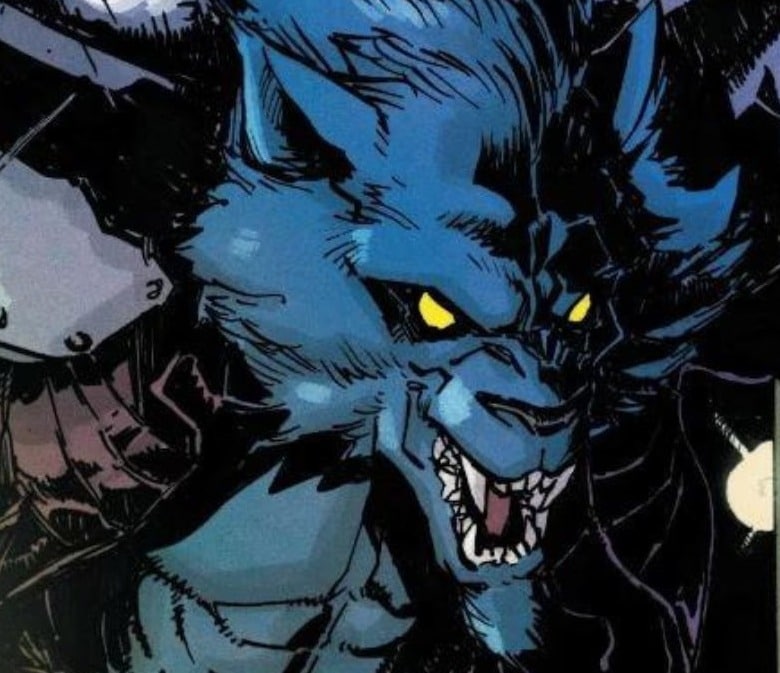
- Origins: First appeared in The Amazing Spider-Man #124 (1973).
- Powers: Enhanced strength, lycanthropy.
- Key Story Arcs: “The Amazing Spider-Man,” “Creatures on the Loose.”
John Jameson’s struggle with his dual nature as Man-Wolf adds a tragic element to his character, enriching Spider-Man’s rogues’ gallery.
John Jameson, son of astronaut J. Jonah Jameson, became Man-Wolf after exposure to an extraterrestrial artifact.
Torn between his human identity and his werewolf alter ego, his story often intersects with Spider-Man’s adventures, adding depth to the web-slinger’s rogues’ gallery.
Jameson’s inner turmoil and struggle for control over his beastly nature make him a compelling and complex character in the Marvel Universe.
10. Mister Fantastic (Reed Richards)
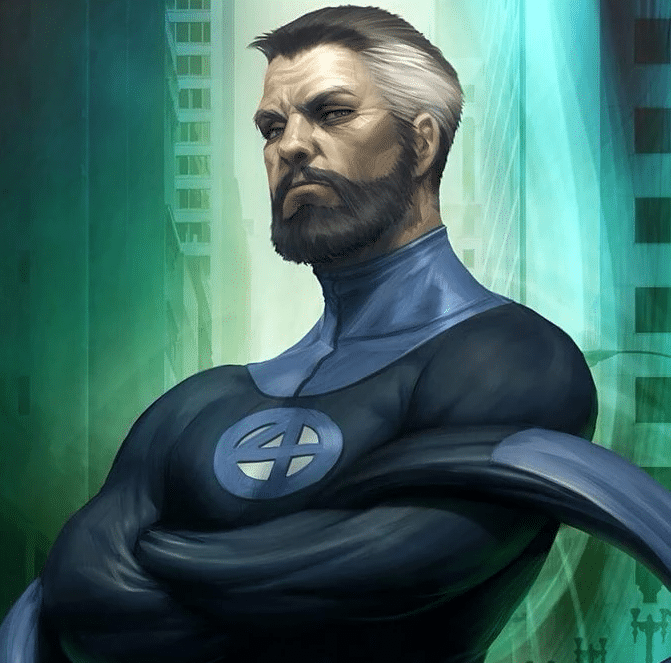
- Origins: First appeared in The Fantastic Four #1 (1961).
- Powers: Superhuman elasticity.
- Key Story Arcs: “Secret Wars,” “Fantastic Four.”
Reed Richards, also known as Mister Fantastic, is the leader of the Fantastic Four.
His intellect and stretching abilities make him a cornerstone of Marvel’s superhero teams.
Renowned for his brilliant mind and dedication to science, Reed’s elastic powers allow him to stretch, contort, and reshape his body.
This makes him a versatile and indispensable hero, often leading scientific and technological advancements to combat threats.
11. Mockingbird (Barbara Morse)
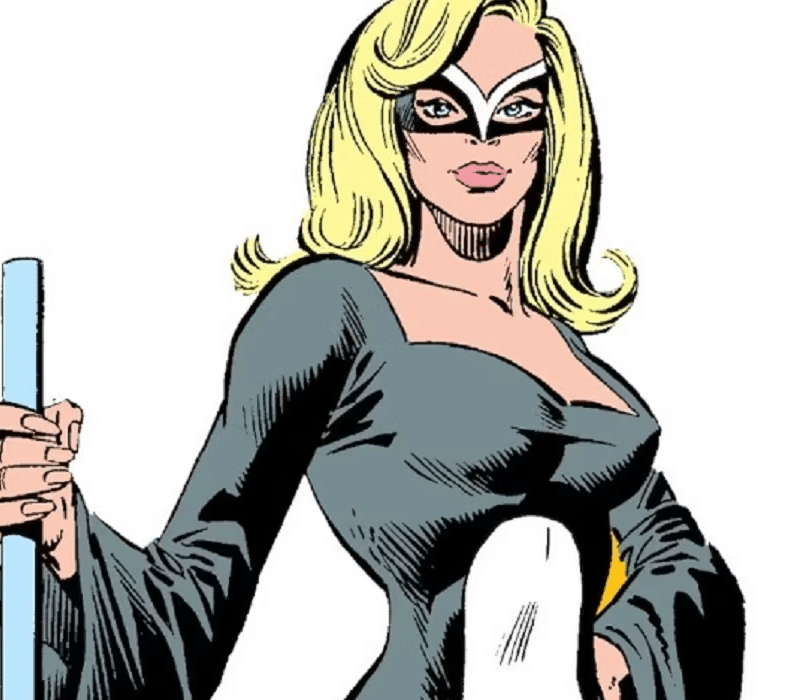
- Origins: Debuted in Astonishing Tales #6 (1971).
- Powers: Enhanced agility, expert combatant.
- Key Story Arcs: “West Coast Avengers,” “Secret Invasion.”
Mockingbird, also known as Barbara Morse, is a highly skilled S.H.I.E.L.D. agent and Avenger known for her combat abilities and espionage expertise.
Despite lacking superpowers, her agility, martial arts, and weapon mastery make her an invaluable asset.
Mockingbird often undertakes high-risk missions and undercover operations, highlighting her crucial role in the Marvel universe.
12. Moon Knight (Marc Spector)

- Origins: First appeared in Werewolf by Night #32 (1975).
- Powers: Strength, agility, and endurance.
- Key Story Arcs: “The Bottom,” “Vengeance of the Moon Knight.”
Moon Knight’s complex persona, influenced by his connection to the Egyptian god Khonshu, makes him a unique and multifaceted vigilante in the Marvel Universe.
Marc Spector, the mercenary-turned-superhero known as Moon Knight, has powers and motivations tied to the ancient Egyptian moon god, Khonshu.
His fragmented psyche and multiple identities add psychological intrigue, making him a compelling and unconventional Marvel hero.
13. Monica Rambeau (Spectrum, Captain Marvel)
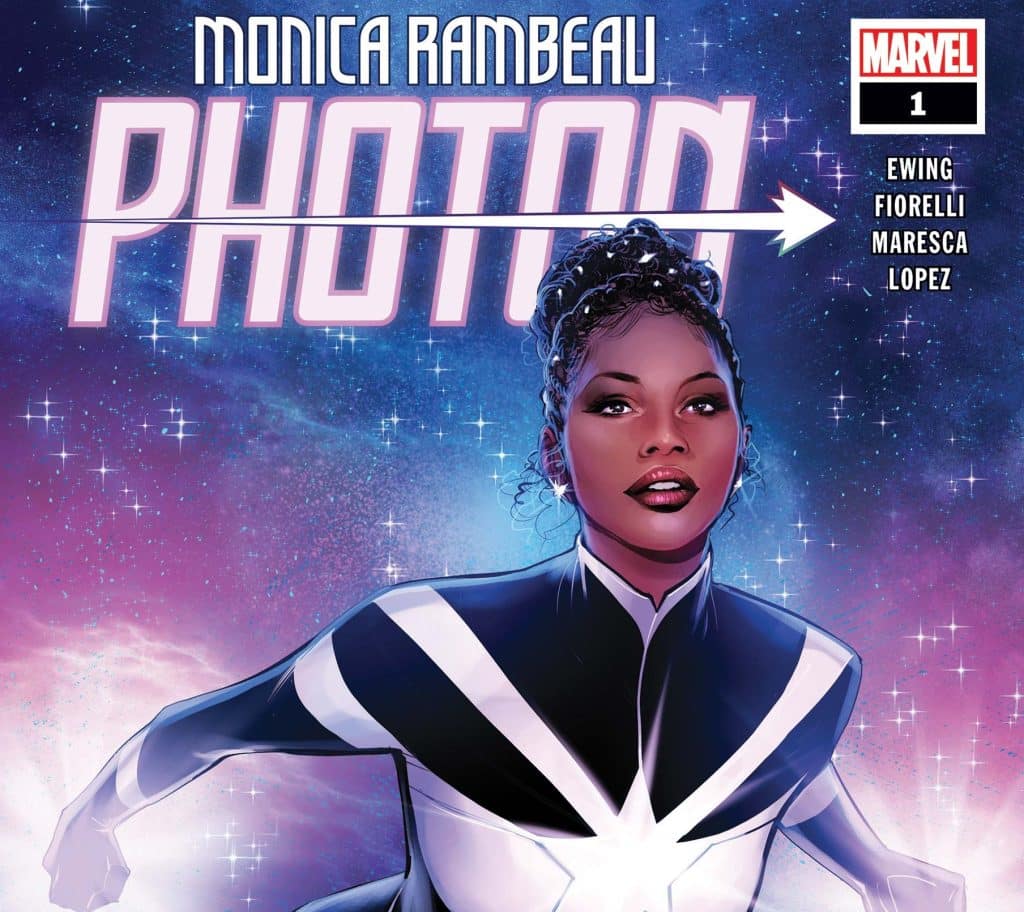
- Origins: Debuted in The Amazing Spider-Man Annual #16 (1982).
- Powers: Energy absorption and manipulation.
- Key Story Arcs: “Nextwave,” “Mighty Avengers.”
Monica Rambeau, known as Spectrum and formerly Captain Marvel, can transform into various forms of energy, such as light and electricity.
Her versatility and leadership make her a powerhouse in Marvel’s hero community.
Rambeau’s strong spirit and abilities make her an indispensable member of superhero teams, playing pivotal roles in crucial battles and missions.
14. Moondragon (Heather Douglas)

- Origins: Debuted in Iron Man #54 (1973).
- Powers: Telepathy, martial arts.
- Key Story Arcs: “Guardians of the Galaxy,” “Infinity Watch.”
Heather Douglas, known as Moondragon, is a powerful telepath and martial artist with intense training.
Her formidable abilities and often ruthless approach create a complex relationship with fellow heroes.
Struggling with dark impulses, she navigates the fine line between heroism and villainy, making her a multifaceted character in the Marvel Universe.
15. Moonstone (Karla Sofen)

- Origins: First appeared in Captain America #192 (1975).
- Powers: Gravity manipulation, flight.
- Key Story Arcs: “Thunderbolts,” “Dark Avengers.”
Karla Sofen, known as Moonstone, is a complex character who transitioned from villain to reluctant hero with the Thunderbolts.
Her powers of gravity manipulation and flight, combined with her cunning intellect and personal struggles, make her a dynamic addition to the Marvel Universe.
She offers a nuanced look at redemption and the complexities of power.
16. Molly Hayes (Bruiser)
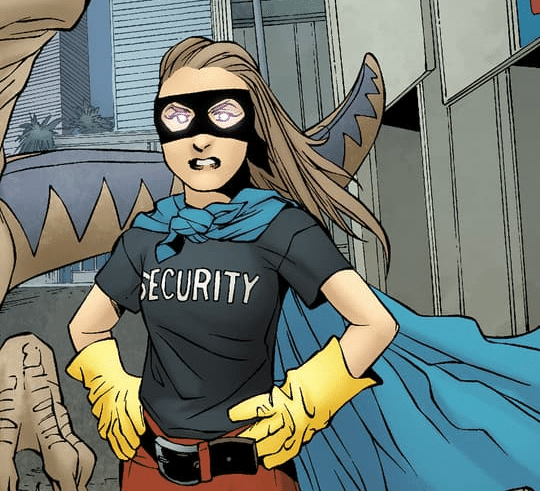
- Origins: First appeared in Runaways #1 (2003).
- Powers: Super strength.
- Key Story Arcs: “Runaways.”
Molly Hayes, also known as Bruiser, is a member of the Runaways who fled their supervillain parents.
She has super strength and durability.
Her youthful enthusiasm, optimism, and the burden of her powers provide a refreshing and engaging perspective on teenage superheroes in the Marvel Universe.
17. Misty Knight (Mercedes Knight)

- Origins: Debuted in Marvel Premiere #21 (1975).
- Powers: Bionic arm, expert combatant.
- Key Story Arcs: “Heroes for Hire,” “Daughters of the Dragon.”
Misty Knight, a former police officer and private investigator, has a bionic arm that enhances her strength and durability.
Her exceptional detective skills and combat abilities make her a key figure in Marvel’s street-level stories.
Often teaming up with heroes like Luke Cage and Iron Fist, Misty is a valuable asset in fighting crime and corruption in New York City.
18. Marvel Boy (Noh-Varr)
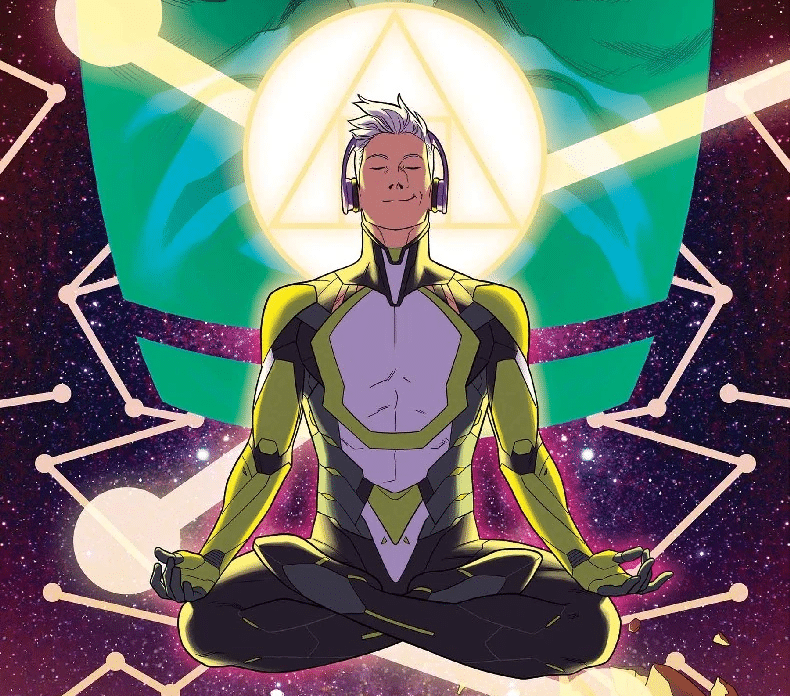
- Origins: First appeared in Marvel Boy #1 (2000).
- Powers: Enhanced strength, agility, and advanced technology.
- Key Story Arcs: “Dark Avengers,” “Young Avengers.”
Noh-Varr, known as Marvel Boy, is a Kree warrior with advanced abilities and alien technology.
His enhanced strength and Kree’s physiology make him a formidable force in both cosmic and Earth-bound conflicts.
His journey on Earth involves a complex self-discovery, grappling with his Kree identity and growing attachment to Earth and its heroes, adding depth to his character.
19. Maverick (David North)
- Origins: Debuted in X-Men #5 (1992).
- Powers: Kinetic absorption and redirection.
- Key Story Arcs: “Weapon X,” “X-Men.”
David North, known as Maverick, is a former Weapon X member who can absorb and redirect kinetic energy.
His role as a mercenary with a conscience adds depth to the Weapon X narrative.
His turn towards heroism and conflicted relationship with the X-Men explore themes of loyalty, redemption, and the consequences of his past actions, adding complexity to his character.
Villain Marvel Characters
20. Madame Masque (Whitney Frost)

- Origins: Debuted in Tales of Suspense #98 (1968).
- Powers: Skilled in combat and marksmanship.
- Key Story Arcs: “Iron Man,” “Hawkeye.”
Madame Masque, also known as Whitney Frost, is the daughter of supervillain Count Nefaria.
Her tragic journey from a promising young woman to a ruthless criminal mastermind makes her one of Iron Man’s persistent adversaries.
Driven by a desire for power and revenge, she manipulates the system using advanced technology and her socialite identity.
This complexity makes her a formidable foe for Iron Man and the Avengers.
21. Magus (Adam Warlock’s Evil Counterpart)
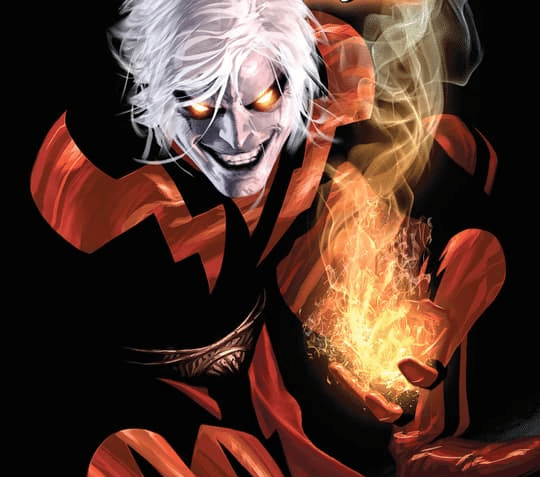
- Origins: First appeared in Strange Tales #178 (1975).
- Powers: Superhuman abilities, magic.
- Key Story Arcs: “Infinity War,” “Infinity Gauntlet.”
The Magus, Adam Warlock’s dark side, brings existential threats to the Marvel Universe through his evil schemes.
As Warlock’s evil counterpart, he embodies corruption and power hunger.
The Magus’s grand ambitions to reshape the universe and his ability to manipulate cosmic energies make him a formidable threat.
His relentless pursuit of power challenges Warlock and the very fabric of reality, making him a compelling adversary in the Marvel cosmic landscape.
22. Marauders
- Origins: Debuted in Uncanny X-Men #210 (1986).
- Powers: Various mutant abilities.
- Key Story Arcs: “Mutant Massacre,” “Inferno.”
The Marauders, a group of mutant mercenaries and assassins, are infamous for their brutal role in the “Mutant Massacre” event.
They attacked and slaughtered many mutants living in the New York City sewers, causing significant trauma and loss for the X-Men.
This act of violence cemented the Marauders’ reputation as ruthless, cold-blooded villains willing to go to extreme lengths to achieve their goals, regardless of the cost.
23. Mastermind (Jason Wyngarde)

- Origins: Debuted in X-Men #4 (1964).
- Powers: Illusion casting.
- Key Story Arcs: “Dark Phoenix Saga,” “Brotherhood of Evil Mutants.”
Mastermind, also known as Jason Wyngarde, is a mutant with the power to create illusions and manipulate perceptions.
His most infamous act was manipulating Jean Grey during the “Dark Phoenix Saga,” exploiting her insecurities to transform her into the Dark Phoenix.
His mind-control abilities and knack for preying on weaknesses make him a formidable adversary. He constantly challenges the X-Men and tests their limits.
24. Mephisto
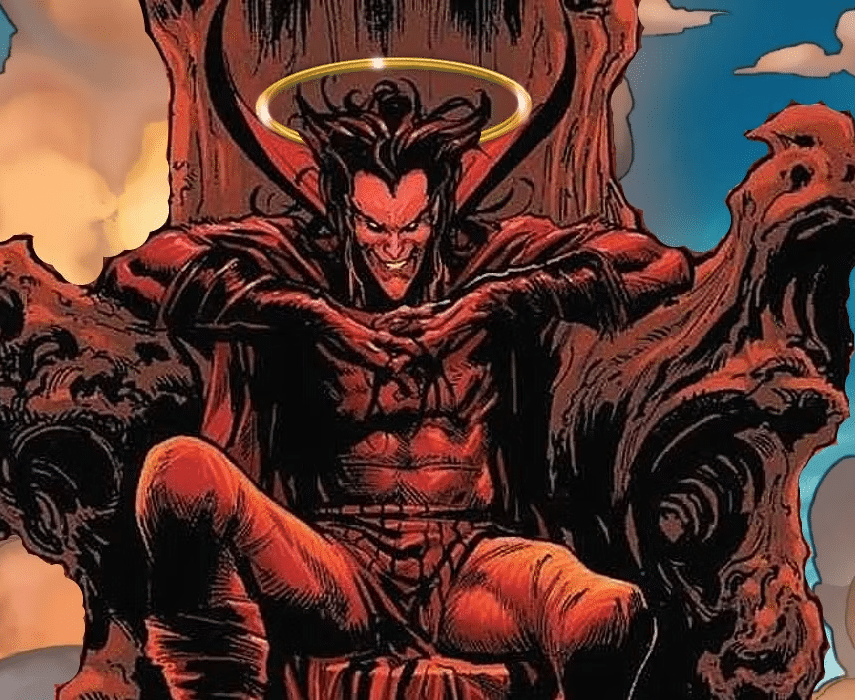
- Origins: First appeared in The Silver Surfer #3 (1968).
- Powers: Vast mystical powers.
- Key Story Arcs: “One More Day,” “Infinity Gauntlet.”
Mephisto, Marvel’s devil-like figure, embodies pure evil and temptation.
As a powerful antagonist, he manipulates souls and makes Faustian bargains with heroes and villains.
Central to many storylines, Mephisto explores themes of morality, the corrupting influence of power, and the struggle between good and evil.
His presence adds a dark, supernatural element to the Marvel Universe, challenging heroes’ convictions and delving into the darker aspects of the human condition.
25. Malekith the Accursed
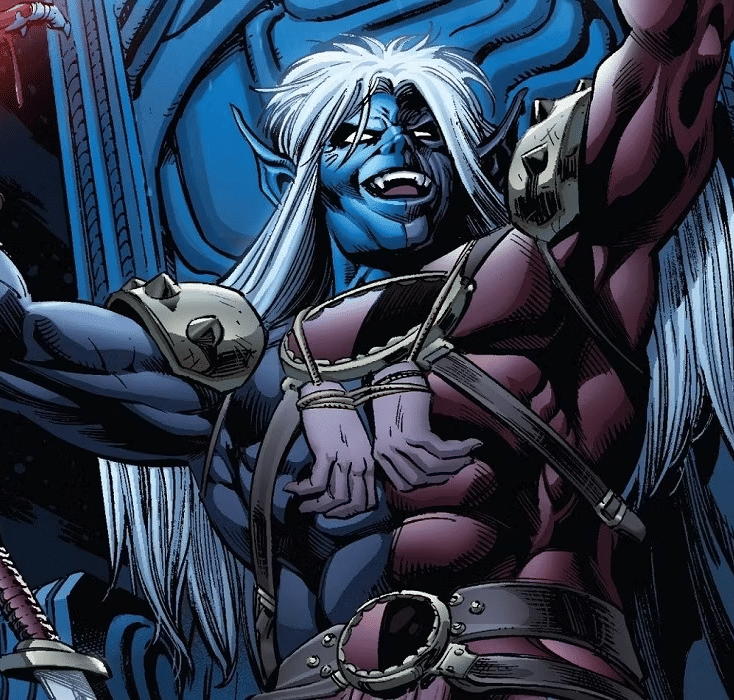
- Origins: First appeared in Thor #344 (1984).
- Powers: Magic, shapeshifting.
- Key Story Arcs: “The Mighty Thor,” “War of the Realms.”
Malekith, ruler of the dark elves of Svartalfheim, is a powerful sorcerer and one of Thor’s most formidable enemies.
His mastery of dark magic and ambition to conquer the Nine Realms make him a persistent and dangerous foe.
Malekith’s relentless drive for power and willingness to manipulate others, including fellow villains, solidify his status as a compelling antagonist in the Thor mythos.
26. Mandrill (Jerome Beechman)

- Origins: Debuted in Shanna the She-Devil #4 (1973).
- Powers: Pheromone control.
- Key Story Arcs: “Daredevil,” “Defenders.”
Mandrill, also known as Jerome Beechman, is a mutant who can control others through pheromones.
This ability makes him a unique and sinister villain, turning victims into loyal thralls.
His predatory nature and exploitation of base desires create a deeply unsettling challenge for heroes like Black Widow and the Avengers.
They must contend with the psychological and emotional impact of his powers.
27. Maximus the Mad
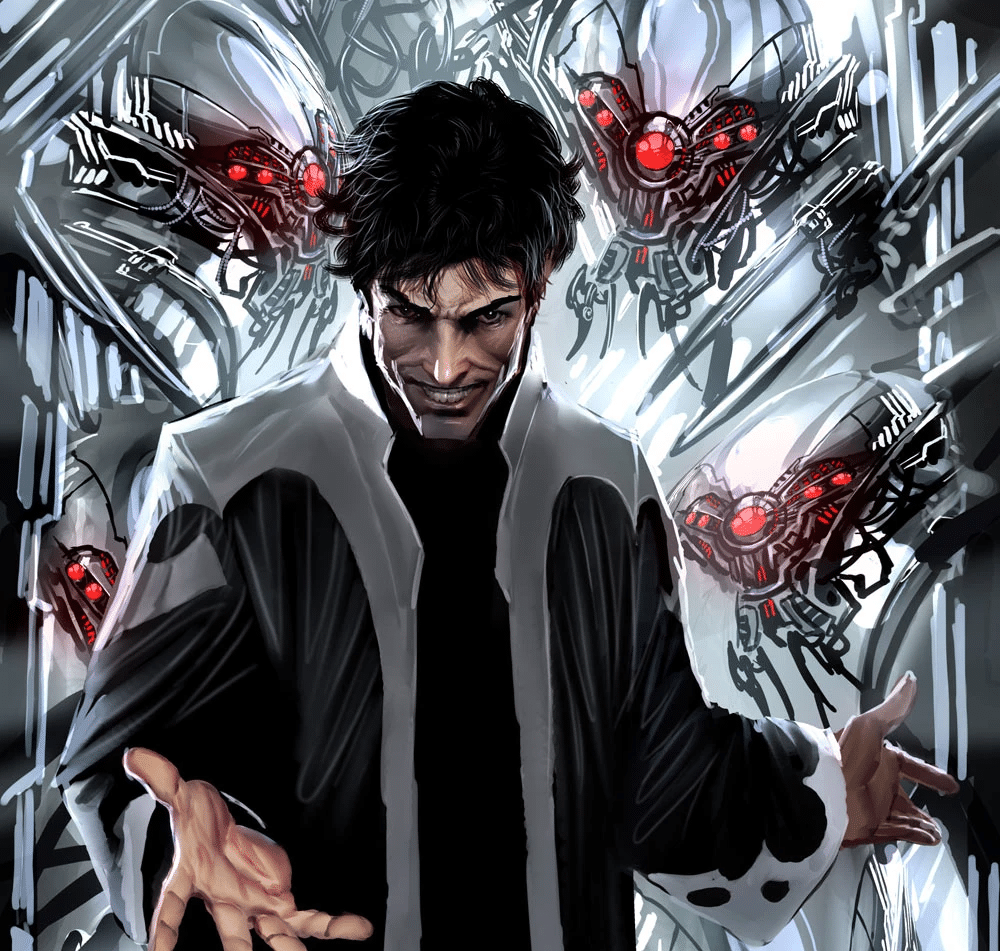
- Origins: First appeared in Fantastic Four #47 (1965).
- Powers: Mind control.
- Key Story Arcs: “Inhumans,” “Fantastic Four.”
Maximus the Mad, younger brother of Inhuman king Black Bolt, is driven by jealousy and mental instability and constantly threatens the royal family.
His ability to manipulate technology and his brilliant yet unstable mind disrupt the balance of power within their society.
Maximus’s unpredictable nature and pursuit of personal gain challenge the Inhumans to face the darker aspects of their nature.
28. Mister Sinister (Nathaniel Essex)
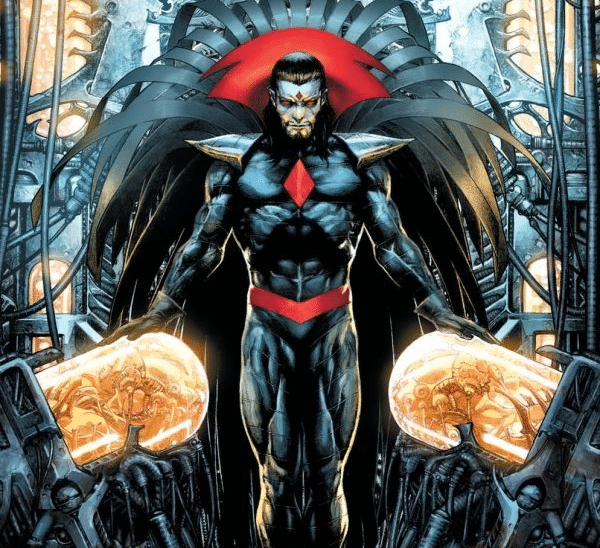
- Origins: Debuted in The Uncanny X-Men #221 (1987).
- Powers: Genetic manipulation, telepathy.
- Key Story Arcs: “Inferno,” “Mutant Massacre.”
Mister Sinister, also known as Nathaniel Essex, is a brilliant but twisted geneticist obsessed with genetic perfection.
His fixation on the Summers family, including Cyclops and Cable, makes him a central villain in many X-Men stories.
Sinister’s manipulations, experiments, and lack of morality, combined with his mastery of biotechnology, make him a formidable and complex adversary for the X-Men.
29. Mojo

- Origins: First appeared in Longshot #3 (1985).
- Powers: Reality warping.
- Key Story Arcs: “Longshot,” “X-Men.”
Mojo, the grotesque ruler of the Mojoverse, controls and exploits entertainment media.
Obsessed with ratings and spectacle, he subjugates his subjects through television and film, offering satirical commentary on the media’s corrupting influence and power.
His bizarre appearance, ruthless tactics, and manipulation of heroes and villains for amusement make him a memorable and uniquely satirical antagonist in the Marvel Universe.
30. Mandarin
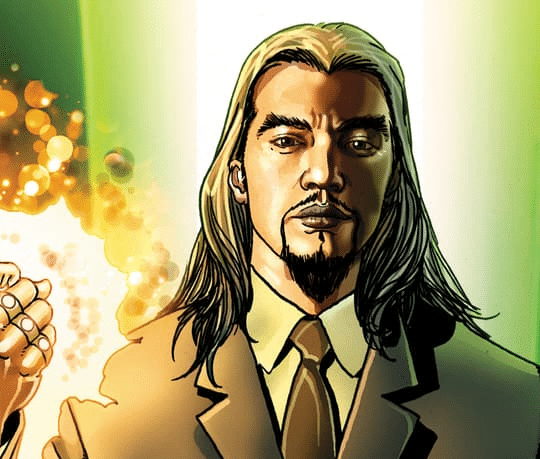
- Origins: Debuted in Tales of Suspense #50 (1964).
- Powers: Martial arts, ten alien rings.
- Key Story Arcs: “Iron Man,” “Enter the Mandarin.”
The Mandarin, one of Iron Man’s oldest foes, combines alien technology with martial arts skills.
He wields powerful Makluan rings, each with unique abilities, making him a versatile and challenging opponent for Iron Man.
His complex backstory, ties to ancient Chinese mythology, and personal vendetta against Tony Stark contribute to his status as a multifaceted and enduring villain in the Marvel Universe.
Conclusion
In this exploration of Marvel’s ‘M’ characters, we’ve covered various heroes, anti-heroes, and villains.
As we bid farewell, we encourage you to keep exploring the Marvel universe, delving into these beloved characters’ unique powers, motivations, and stories.
Their journeys offer insights into the human condition, the battle between good and evil, and the timeless appeal of superhero tales.
So, what’s next? Dive deeper into the Marvel Universe and uncover the next chapter in this ongoing saga of heroism and villainy.

